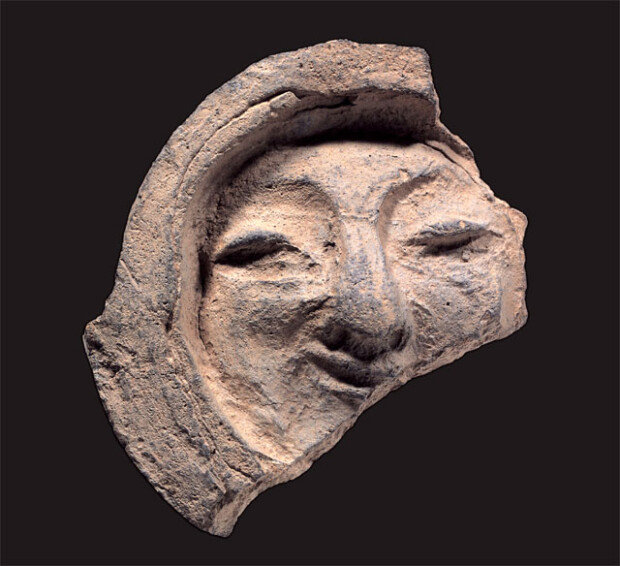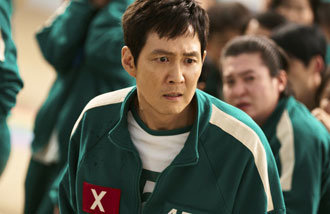‘The Smile of Silla’ roof-end tile designated as treasure
‘The Smile of Silla’ roof-end tile designated as treasure
Posted October. 03, 2018 07:08,
Updated October. 03, 2018 07:08

A roof-end tile with a human face is a popular souvenir from Gyeongju, a city that serves as one of the most famous school trip destinations in Korea. Often called “The Smile of Silla,” this human face roof tile will be now designated as a treasure.
The Cultural Heritage Administration said Tuesday that six cultural heritages will be named a treasure, namely the human face roof-end tile of Gyeongju; Gwaebul, large Buddhist banner painting, of Beopjusa temple in Gunwi County of North Gyeongsang Province; Gwaebul painting of Vairocana Buddha owned by Daelyeonsa temple in Yesan County, South Chungcheong Province; Gwaebul painting of Yeongsanhoe, Namjangsa temple in Sangju of North Gyeongsang Province; the bronze gong of Gyeongseonsa temple; and the Certificate of Meritorious Subject issued to Jang Cheol.
The roof-end tile was excavated in the place where Yeongmyosa temple once stood (now held by Hyeungryunsa temple) during the Japanese colonial era. In 1934, Japanese doctor Toshinobu Tanaka bought it at an antique shop in Gyeongju and brought it to Japan, but the tile returned home in October 1972 thanks to the persistent efforts of Park Il-hoon, former director-general of the Gyeongju National Museum. Unlike common roof tiles that are produced through frames to have the same shape, the “Smile of Silla” tile was handmade. Two centimeters in thickness and 11.5 centimeters in diameter, the tile has a perfect face with a forehead, two eyes, a sharp nose, and a calm smile, though the bottom left part is broken. A roof-end tile, called “Sumaksae” in Korean, was a round-shaped tile attached at the end of an angle rafter or a wall. “This is the first time that a roof tile is designated as a treasure,” said the Cultural Heritage Administration.
The bronze gong in the name of “Gyeongseonsa” temple, used for the Buddhist temple’s rituals, is a distinctive heritage among bronze gongs made during the Goryeo Dynasty in the 13th Century which has a written statement to indicate the period it was created. Gyeongseonsa temple was built during the Goryeo Dynasty, but is known to have disappeared since then. Meanwhile, the Certificate of Meritorious Subject issued to Jang Cheol (1359-1399), who rendered distinguished services during the first rebellion of the princes in 1398, holds great historic, linguistic, and bibliographic significance as it is the only certificate to officers in charge of political affairs ever found.
Won-Mo Yu onemore@donga.com







